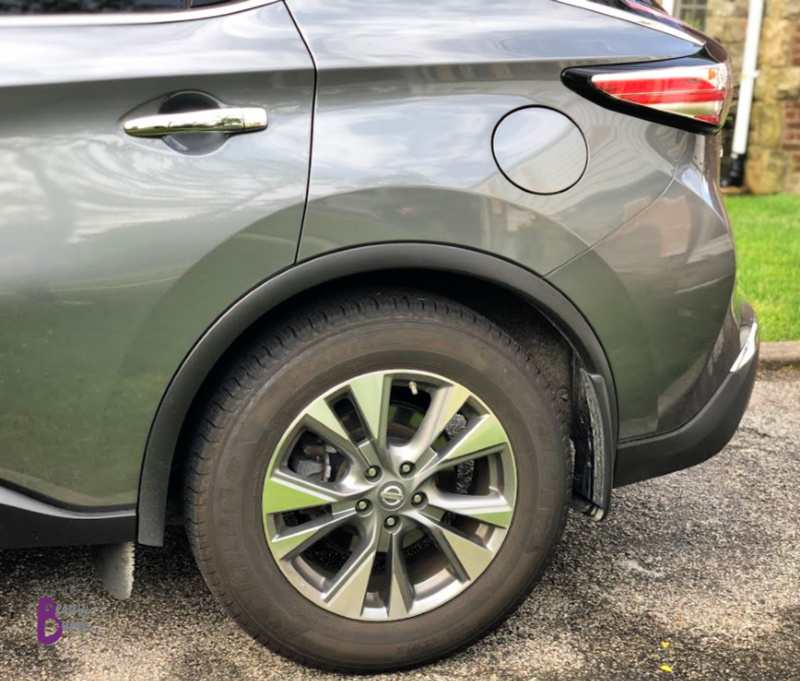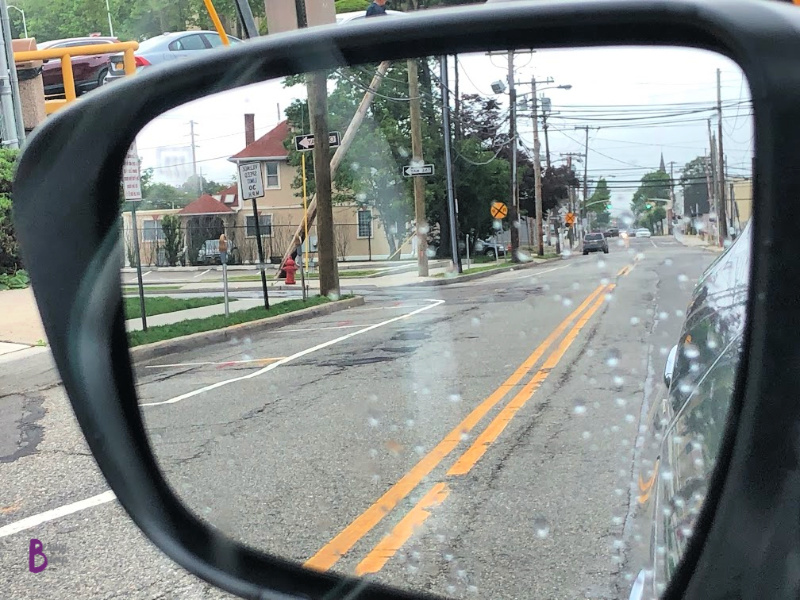Although so-called pothole season came to an end on May 1st I’m still suffering. My morning and evening commutes are everything short of smooth; it’s full of bumps and jolts. I am dodging potholes on Long Island roadways, parkways and streets left and right. I joke with my husband that it is like dodging landmines, especially when driving on the Southern State and Northern State Parkways. In any case, it isn’t fun, and I can only imagine the pothole damage being done to my 2017.5 Nissan Murano SL. If you’re driving on Long Island roadways, pothole damage is something you should be concerned about too.

Potholes can lead to damage that can cost car owners hundreds to a few thousands of dollars in repairs.
The damages caused by potholes include the following:
- Tire puncture, damage or wear
- Wheel rim damage
- Premature wear on shocks and struts
- Suspension damage, including broken components
- Steering system misalignment
- Exhaust system damage
- Engine damage
Further reading: How to Keep Potholes from Ruining Your Tires and Your Day
Hit a pothole? Get your car checked!
According to Jessica Egerton, Director of Brand Development at Cooper Tires, “To ensure that you are treating your vehicle with the best care, it is important to make sure that all parts of the car, including the tires, are regularly checked and well maintained. This includes avoiding potholes while driving whenever possible to do so safely, or inspecting tires if they come in contact with a pothole.” Sometimes hitting a pothole is unavoidable, especially when on a busy parkway, so don’t make hitting potholes a habit.

If you don’t think you have time to check your tires, you do! According to Cooper Tires, it takes only 10-minutes to check your tires to see if they’re in good shape. Do the following checks, and if you find something that needs further investigation, get it looked at by a specialist.
- Check the pressure.
- Check the tread depth – all you need is a U.S. penny.
- Check the overall condition for cuts, cracks, splits, punctures, irregular wear, and bulges.
Note: The tread on your tires should be more than 2/32 of an inch deep. Insert U.S. penny into the tread, with Lincoln’s head facing down. Your tire is good to go if the top of Lincoln’s head is covered by the tread. It’s time to replace the tire if you can see the top of his head.
Further Reading: Prevent Your Kids from Ruining Your New Car
How to hit a pothole the “right way”
Yes, there is a “right way” to hit a pothole, and I can assure you that it isn’t driving into it full-speed. That is a sure way to destroy your tires, wheels, rims, and even axel. Just ask my sister about the latter (she is going to kill me LOL). Oh yeah, back to the correct way to hit a pothole. I remember a video being shown during my 5-hour driver’s education class, and the guy driving stated that it is important to scan the road while driving. In doing so, you are able to look out for any potential problems on the road like a pothole.
While scanning the road, you see a pothole in your path that you’re unable to avoid, you should do the following:
- Safely slow down as much as possible before you hit the pothole
- Release the brakes just before driving into the pothole
- Gently roll through the pothole
Further reading: Spring Cleaning Tips to Get Your Car Road Trip Ready
Don’t let pothole season get the best of you and your vehicle
Pothole season can be stressful, especially if you commute daily like me. With these tips and staying on top of your tire maintenance, getting through the season will be a breeze. You’ll be able to prevent pothole damage, and experience less stress due to not having to spend hundreds of dollars on repairs that could be used for, let’s say, a weekend getaway.

Enjoy a summer free of pothole damage!

This is a sponsored conversation courtesy of A Girl’s Guide to Cars on behalf of Cooper Tires. All opinions are my own and are honest. Learn more about protecting your tires and your car by following the hashtag #TakeOnPotholes on Facebook, Instagram, and Twitter.

